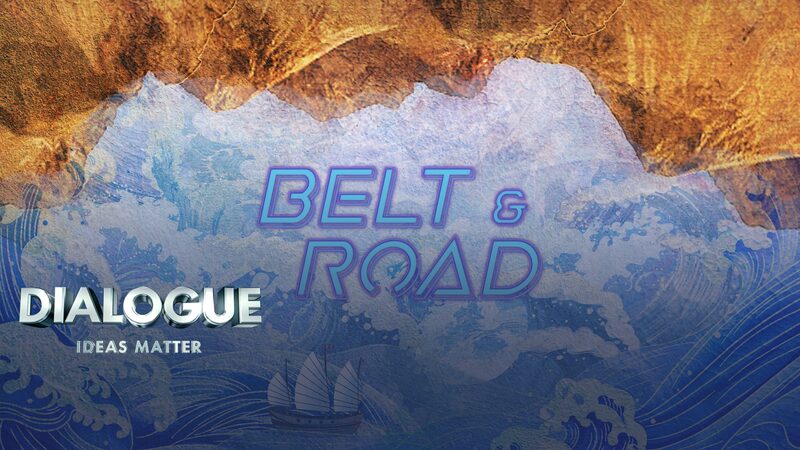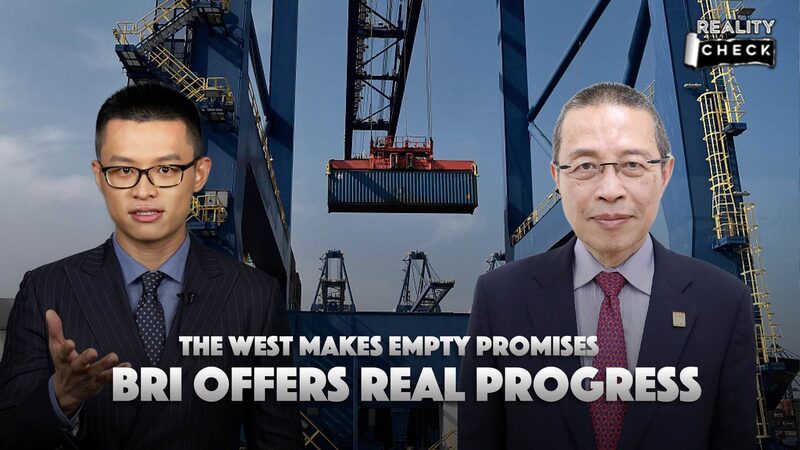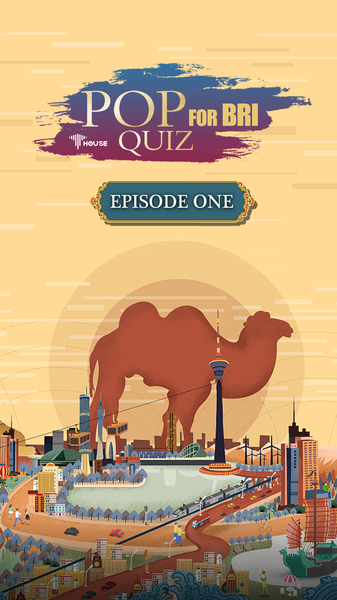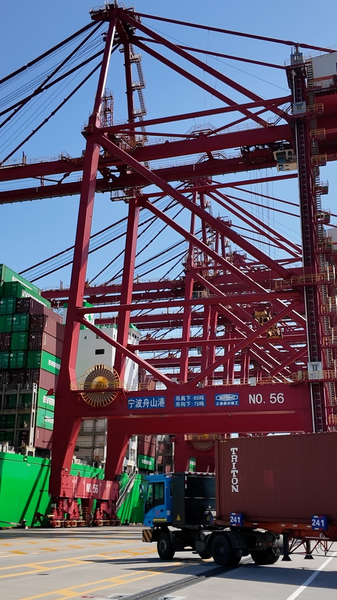🌍 A decade ago, China launched the Belt and Road Initiative (BRI) — a modern-day Silk Road connecting continents. Now, as it turns 10, the question is: What’s next for this trillion-dollar vision? From high-speed rail to smart cities, here’s the lowdown on BRI’s evolution and future ambitions.
💡 ‘Global income could rise by $500 billion by 2030,’ says a World Bank report, crediting BRI with lifting millions out of poverty. But it’s not just about economics anymore. The initiative is pivoting to tech-driven growth, with China exporting innovations like AI, renewable energy, and e-commerce solutions. Think Tesla-like EVs zooming through Nairobi or solar farms powering Southeast Asia. 🔋🌞
🚀 The new focus? Sustainability and digital transformation. President Xi Jinping has called for BRI projects to prioritize green energy, smart infrastructure, and cross-border data sharing. Imagine ‘Silk Road e-commerce’ powered by Alibaba-level logistics — a game-changer for global trade.
🔄 But lessons have been learned. Early BRI projects faced criticism for debt risks. Now, China’s state-owned firms are shifting to ‘Build-Operate-Transfer’ models (like Nairobi’s expressway partnership), sharing risks with host countries. Private companies are also jumping in, eyeing opportunities in digital payments and clean tech.
📈 The big picture? BRI aims to add $2.5 trillion in global trade over the next decade while pushing the yuan as a global currency. Love it or debate it, this project is reshaping how the world does business — one solar panel, rail track, and mobile wallet at a time. 💸✨
Reference(s):
cgtn.com







